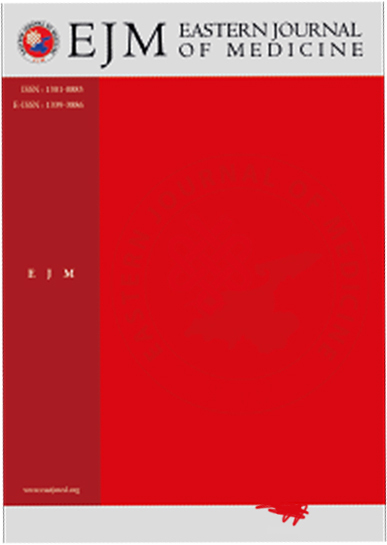Impact of occupational lead exposure on industrial workers health condition in Tehran-Iran
Mehri Aliasgharpour1, Hamid Hagani212
The continual occurrence of occupational lead exposure remains a serious problem worldwide despite awareness of its adverse health effect. Blood lead Level (BLL) in a group of 31 male non smoking industrial workers was determined. Then possible relationships between BLL and health condition of workers , employment years, and fatigue and chronic bone pain symptom were investigated. Workers Blood lead level (BLL) were determined by GTA_AA-220 and hematology parameters were determined by Sysmex-K1000. The workers age mean and employment years mean were 38± 8 years and 12±7.0 years respectively and BLL ranged from 15.50 µg/dL to 59.99 ug/dL with mean=34.80±12.90 µg/dL. The pearson product moment test indicated no correlations between BLL and Hgb (r =-0.09 & p=0.62 ) and BLL & Hct ( r = -0.14 & p=0.46 ). However, BLL & employment years correlated (r = 0.37 & p= 0.04). To investigate the effect of BLL on fatigue and bone pain, we used independent t-sample test and results indicated 23/31 workers with fatigue and bone pain had higher BLL than those (8/31) without the symptoms ( mean= 38.41µg/dL vs mean= 20.44µg/dL, t= 6.06,p=0.00). Furthermore, they had many years of employment (mean=13.4 years vs mean=8.8 years , t= 2.07, p=0.04 ). In our study 74% of the exposed workers complained of fatigue and chronic bone pain with BLL ( mean=38.41 µg/dL) and employment ( mean=13.4 years). We conclude that occurrence of fatigue and chronic bone pain symptom may associate with high blood lead level and thus complementary to routine BLL measurement and screening, bone lead measurement can be an important tool in the study of chronic lead exposure among non-smoker and industrially lead exposed workers as well .
Keywords: Electrothermal atomic absorption spectroscopy, occupational lead exposure.Manuscript Language: English














